Beautiful dresses
Fashion and costume in the 19th century of the Romantic period
In the 19th century, styles in art and costume changed at a dizzying pace. And already in the 1830s to replace Empire style comes romanticism. Romanticism will not last long. From the middle of the 19th century, style will come into fashion second rococo, and by the 1870s it will be replaced by positivism.
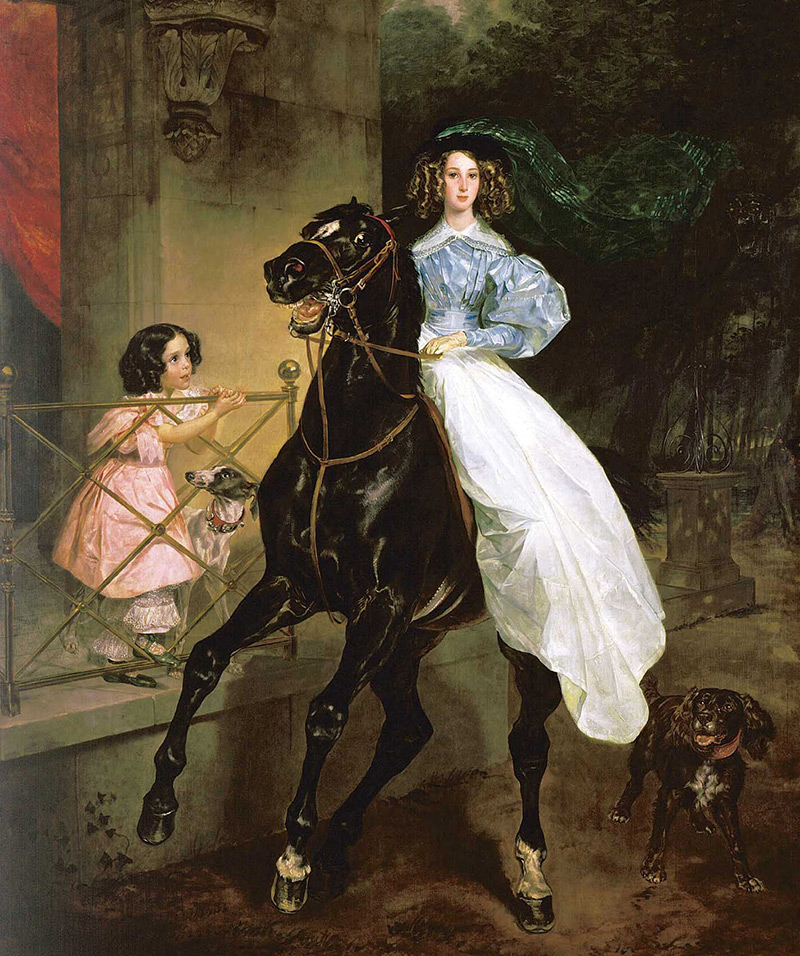
Karl Bryullov
Horsewoman, 1832
The most striking change of styles took place in the women's costume of the 19th century. Fashion has changed and often quite profoundly. At the same time, the men's costume throughout the 19th century basically remained practically unchanged.
So, if even in the first decades of the 19th century women wore simple shirt-cut dresses with sleeves-lanterns, then already in the 1830s, corsets and richly decorated dresses with fluffy skirts again come into fashion.

Jean Baptiste Camille Corot
Portrait of Claire Sennegon, 1837
Dresses in the style of romanticism are divided into casual and ballroom. Casual dresses have no neckline. Ball gowns are often off the shoulder. The sleeves of ball gowns can be either short or long. Long gloves were worn with dresses with short sleeves.
Another feature of romanticism style dresses is that the sleeves and skirts of these dresses take the shape of a bell.
The colors of the dresses are different. Plaid dresses are in vogue. Shawls and scarves are worn with dresses. For example, an esharp scarf, which falls from behind to the waist, after which it is thrown in front on arms bent at the elbows. Or a boa scarf - a round scarf made of fur or ostrich feathers.
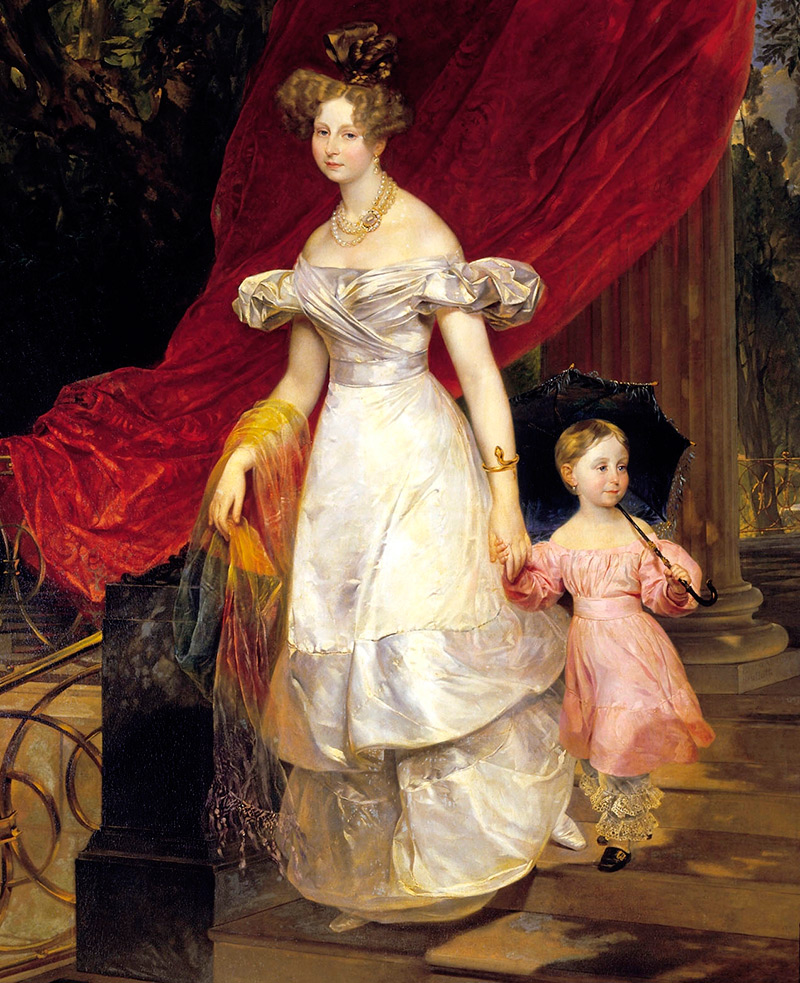
Karl Bryullov
Portrait of Grand Duchess Elena Pavlovna with her daughter Maria, 1830
The fashion for hats appears. During the period of romanticism, the most popular is the bonnet hat - a headdress with a high hat crown (for hair pulled back to the back of the head) and with wide rigid brims framing the face, tapering towards the back of the head. The hood was held on the head by wide ribbons that were tied under the chin with a bow.
Also, women's riding clothes - an amazon dress - are in vogue. The Amazon dress consisted of a long cloth skirt and a narrow blouse. A hat with a veil and gloves were worn with such a dress.
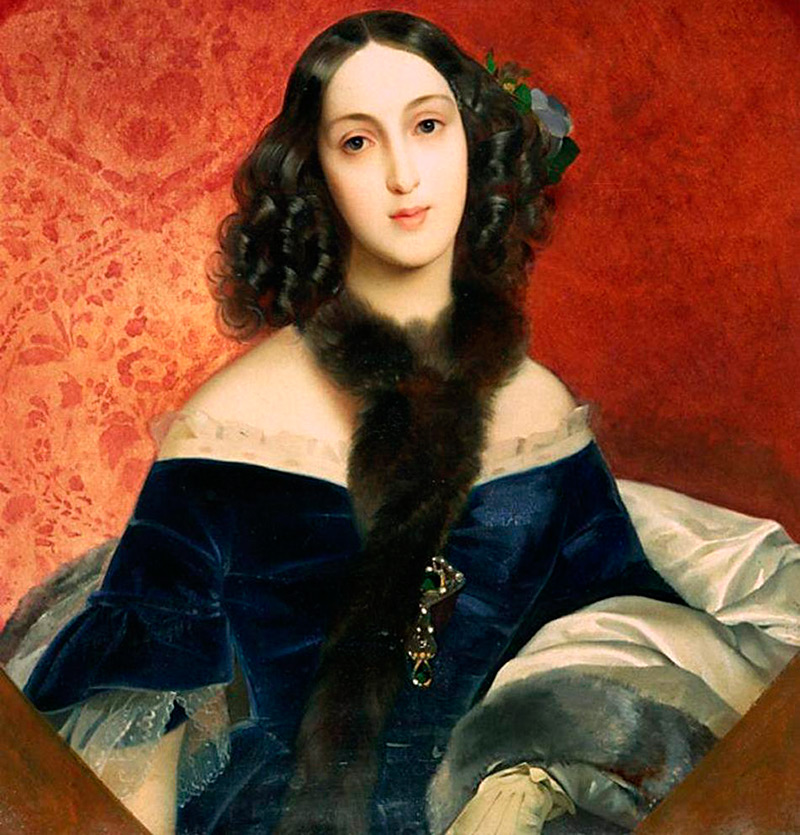
Karl Bryullov
Portrait of M. A. Beck, 1840
The style of romanticism in European art is most widespread in England and Germany.
English artists of that time painted landscapes causing melancholy with inclement and foggy weather, and writers in their books told stories of beautiful poor girls who, once in a mysterious haunted castle, having overcome all difficulties and trials, became mistresses of the castle and married beautiful princes ... Thus, the artists created romantic landscapes, and the writers created those famous English novels of the 19th century.
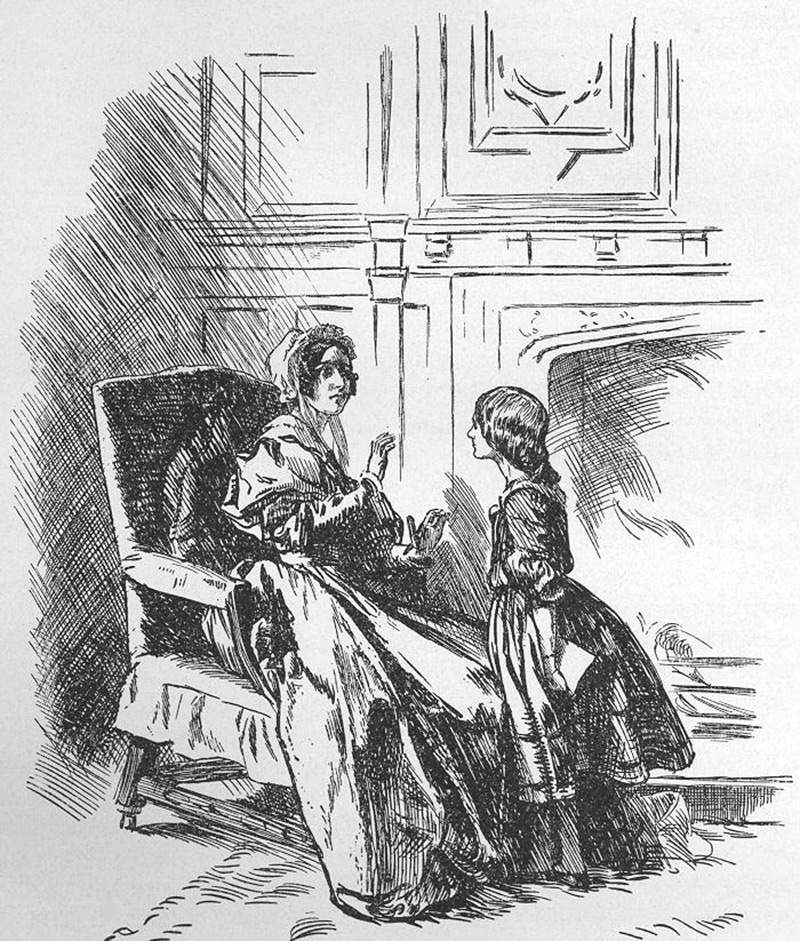
Little Jane is arguing with her guardian Mrs. Reed. Illustration by F. Townsend for Charlotte Brontë's Jane Eyre 1847
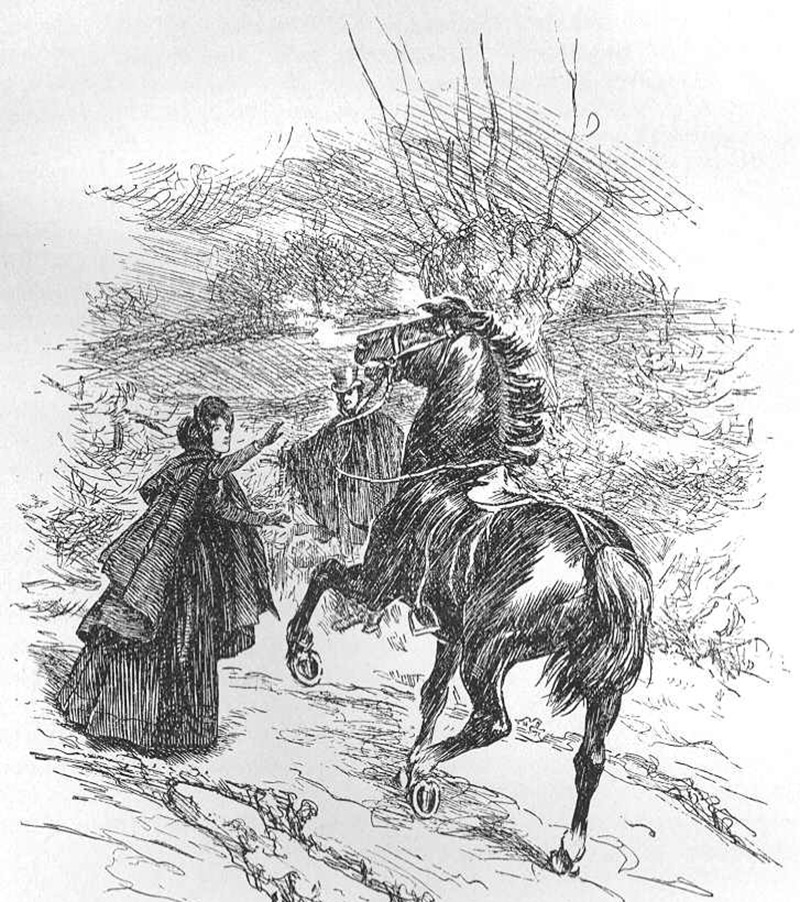
Jane Eyre meets Mr. Rochester for the first time
But not only interest in the feelings and emotions of viewers and readers was characteristic of romanticism. Another feature of this style is interest in the past. Moreover, interest in the past, history and mythology, of one's own country, and not, for example, as it was before, in mythology Ancient Greece.
It was during the period of romanticism that the British remember King Arthur and the Knights of the Round Table, and the French - about Joan of Arc. It was at this time that fairy tales were written and legends were written.
And the most favorite historical period for people of the first half of the 19th century is the Middle Ages. Interest in the Middle Ages is reflected in the fashion of that time, mainly in jewelry. For example, ferronieres - women's head jewelry in the form of a narrow ribbon with precious stones - come into fashion.
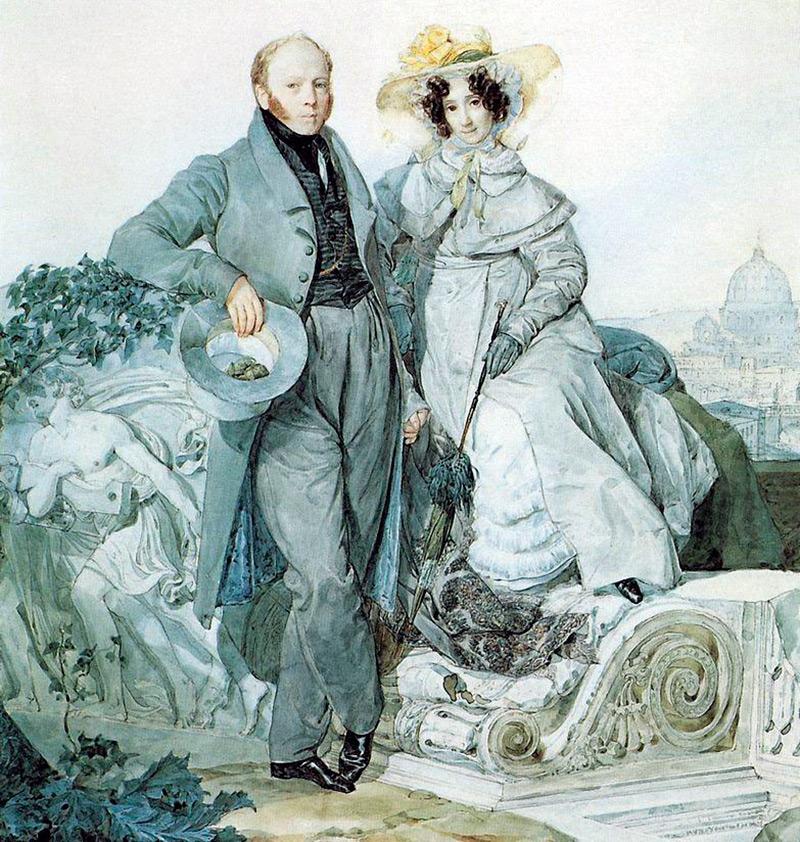
Karl Bryullov
Portrait of G. N. and V. A. Olenin. 1827
In addition to the Middle Ages, the East is of interest.The 19th century is the time of colonial empires. Both England and France had their colonies in the countries of the East. In the costume, the fascination with the East will be reflected both in patterns with oriental motives, and in the appearance of this type of men's home clothing as a robe.
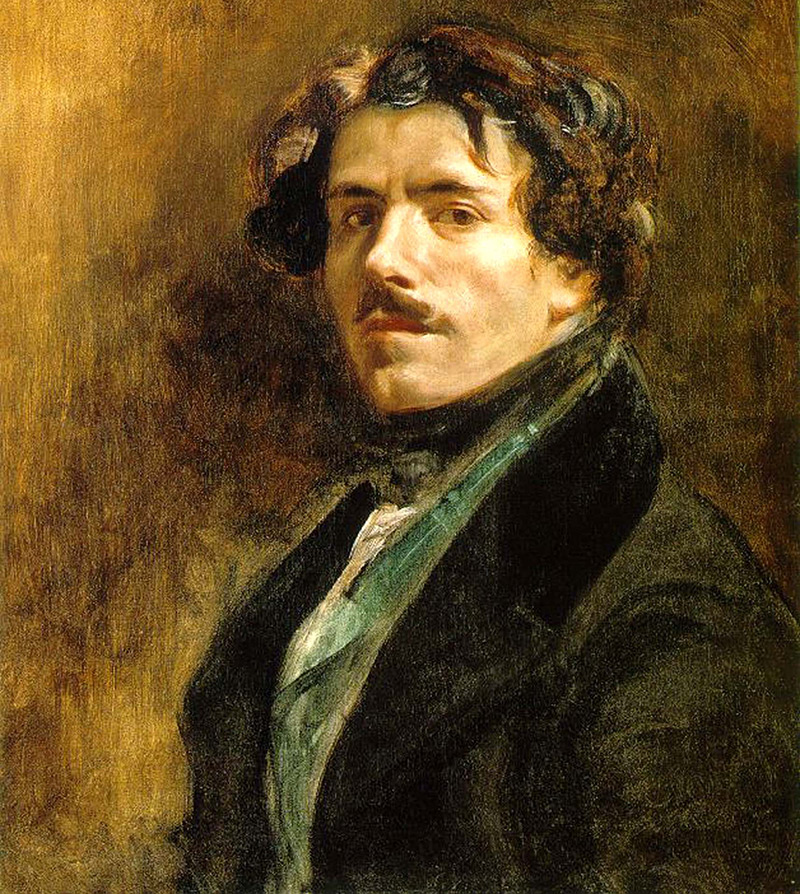
Eugene Delacroix
Self-portrait, 1837
As for the male costume of the Romantic period in general, it was not subject to such significant changes as the female costume. Men still wear light trousers-pantaloons, and a vest, tailcoat or frock coat of darker shades on top. And a variety of coats. One of the most popular was the carrick coat, a multi-collar coat.
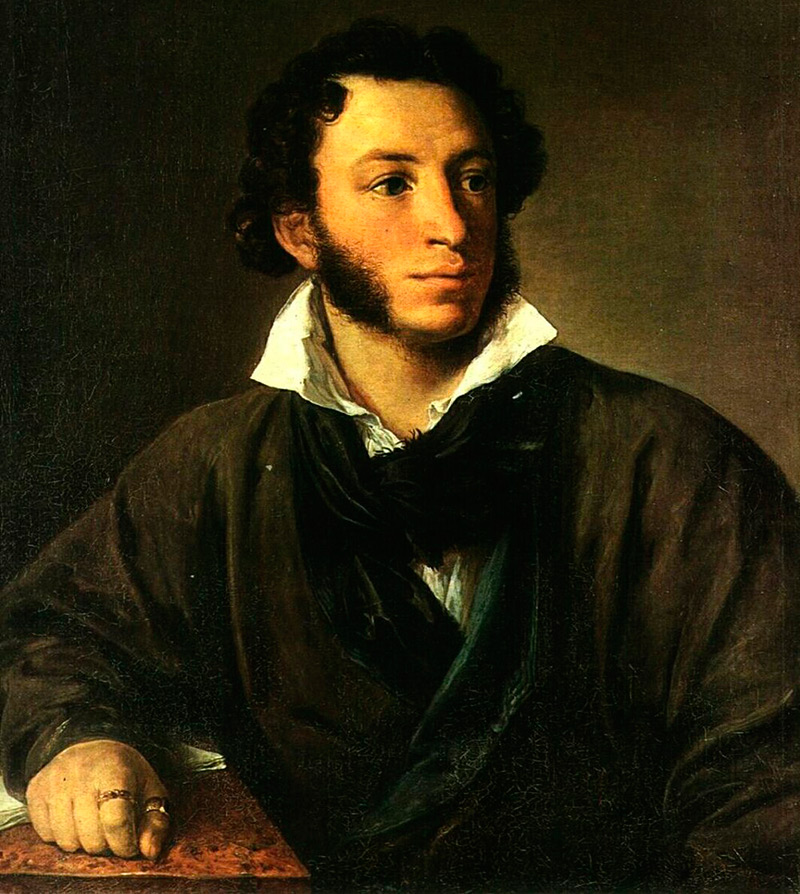
V.A. Tropinin
Portrait of A.S. Pushkin
However, there were also some innovations. So, in the period of romanticism, there is a fashion for checkered fabrics. And it was during the period of romanticism that dandies appeared.
It is believed that the emergence of dandyism is associated with an attempt by young people from wealthy families to express their protest against the same type of fashion in a man's suit of the 19th century, which is the same for all classes.

Karl Bryullov
Portrait of I. A. Beck. C. 1839
The emergence of dandyism is associated with a man named George Brummel. He is considered not only the most famous dandy, but also the first dandy in history. It was George Brummell who introduced the principle of "casual elegance" in dress, which became the guide for all those who wanted to look like a dandy.
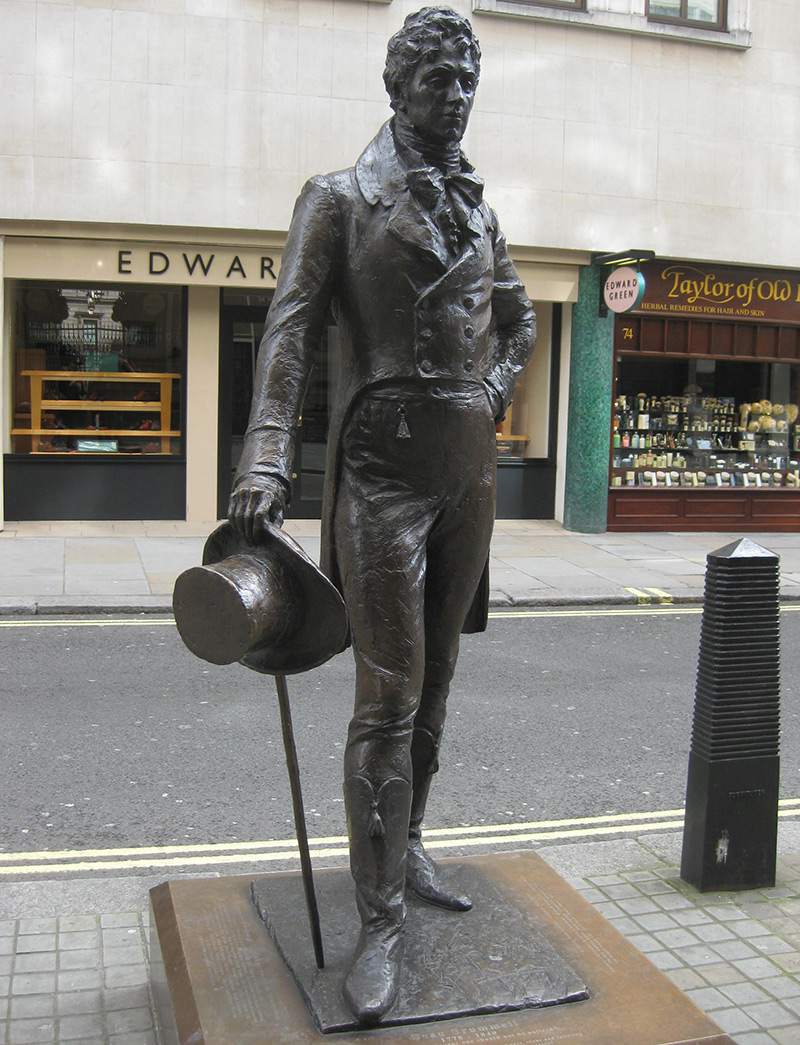
Statue of George Brummell in London
George Brummel in the first half of the 19th century was considered not only a trendsetter, but even called "the prime minister of elegance." Among his friends were the heir to the English throne and the future Prime Minister of England, who also became adherents ideals dandy.
George Brummell outlined his views on fashion in his book "Men's and Women's Suit".
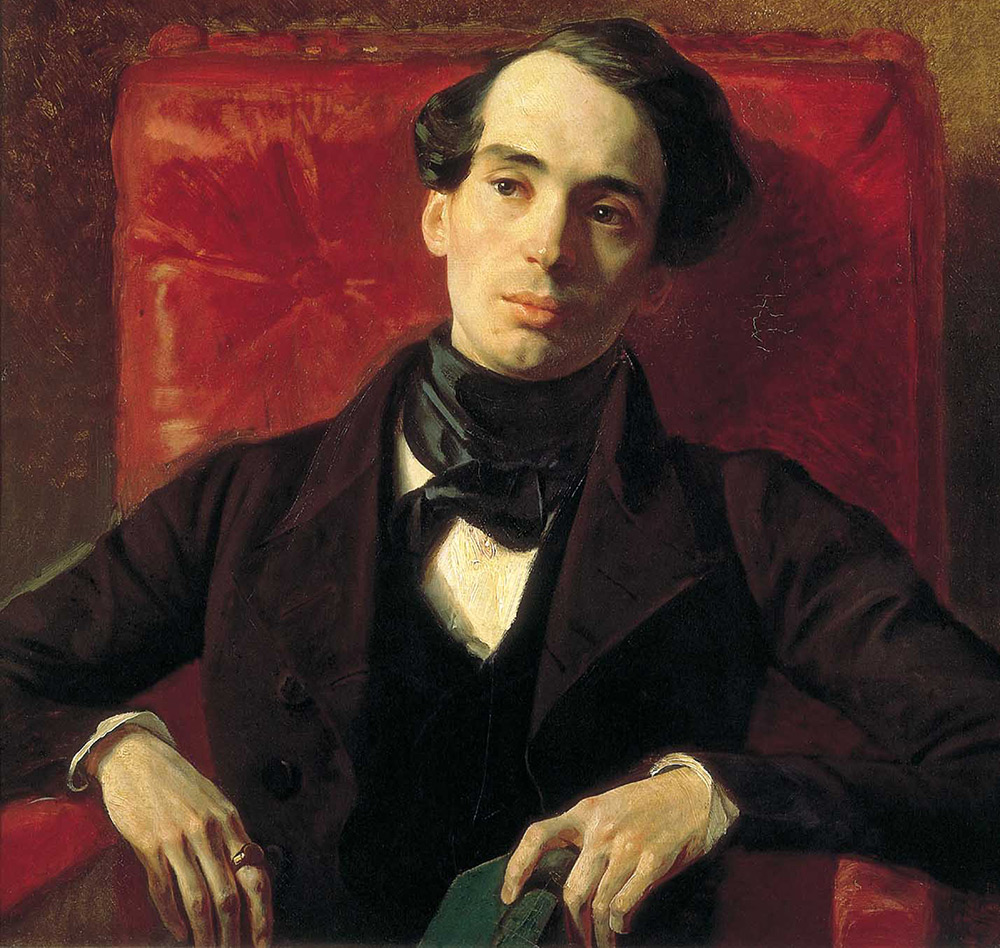
Karl Bryullov
Portrait of the writer A.N.Strugovshchikov, 1840
The principle of "casual elegance" in a man's suit was as follows: the collar of a white starched shirt was never buttoned, a scarf was tied carelessly, hair should be slightly tousled, the suit must be sewn from good quality fabric, much attention was paid to accessories. The dandies wore gloves that they almost never took off, an expensive watch, a cane or an umbrella-cane.
An obligatory attribute of a man's costume in the style of romanticism was a headdress - a top hat. Men's hairstyles were short haircuts. Beards and mustaches were not worn, but sideburns were in fashion.
Comments and Reviews
Add a comment
Similar materials
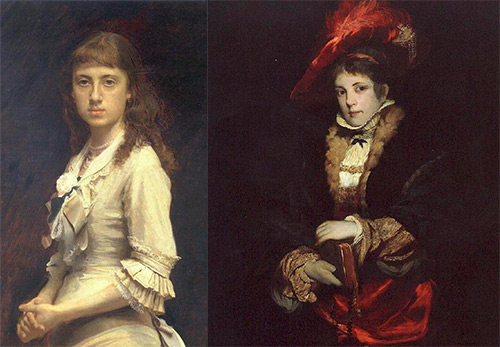 Fashion and costume of the second half of the 19th century
Fashion and costume of the second half of the 19th century
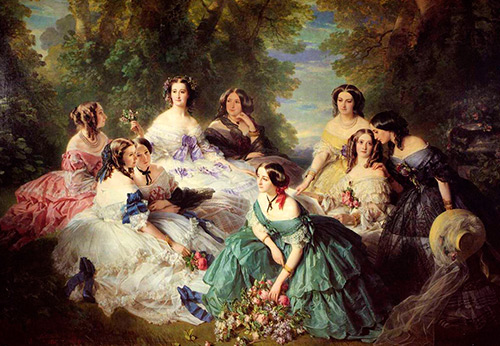 Second rococo costume - 19th century fashion
Second rococo costume - 19th century fashion
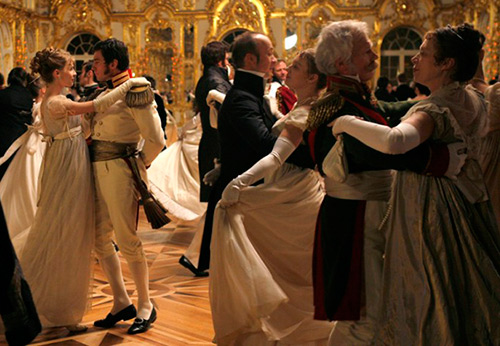 Empire style in 19th century clothing and Empire style dresses
Empire style in 19th century clothing and Empire style dresses
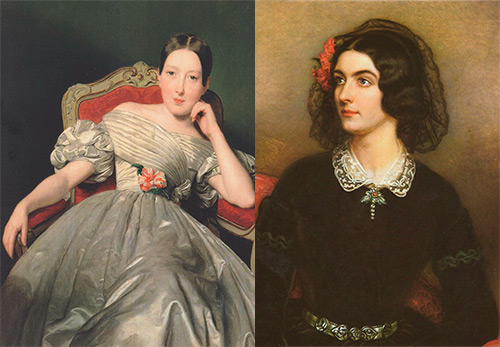 The history of the Biedermeier style in fashionable clothes
The history of the Biedermeier style in fashionable clothes
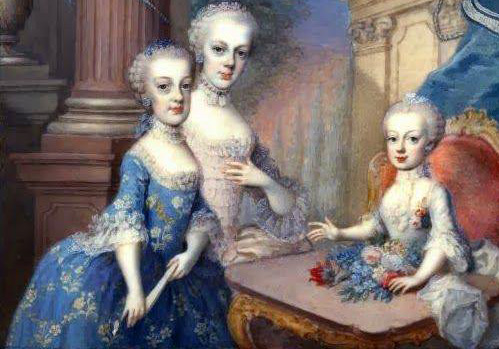 Rococo style in clothing and fashion of the Rococo era
Rococo style in clothing and fashion of the Rococo era
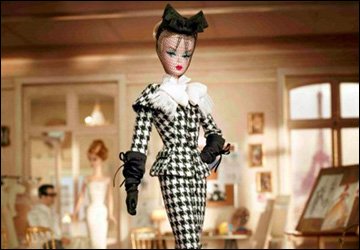 The history of the costume in clothes for dolls
The history of the costume in clothes for dolls
Rating news
Shades of clothing that make women look younger
What shades of hair make women younger: rules and photos
Funny wedding dresses - photos and ideas
12 most expensive down jackets for the winter
How to look 25 at 40: tips from supermodels
Beautiful schoolgirls
Anti-aging haircuts and hairstyles for women
Fashionable skirts for autumn and winter
Fashionable women's trousers for the cold season
Fashionable and stylish sandals for summer 2024
Spring-summer 2024
 Fashionable dresses and tops with thin spaghetti straps
Fashionable dresses and tops with thin spaghetti straps
 Bandana tops: how to wear stylishly and beautifully
Bandana tops: how to wear stylishly and beautifully
 How to put together the perfect men's wardrobe for the summer
How to put together the perfect men's wardrobe for the summer
 Fashionable shorts for spring-summer 2024
Fashionable shorts for spring-summer 2024
 Fashionable skirts for spring-summer 2024: a guide to online shopping
Fashionable skirts for spring-summer 2024: a guide to online shopping
 The most fashionable dresses spring-summer 2024: styles and colors
The most fashionable dresses spring-summer 2024: styles and colors
 Fashionable total look 2024: ideas of images and trends
Fashionable total look 2024: ideas of images and trends